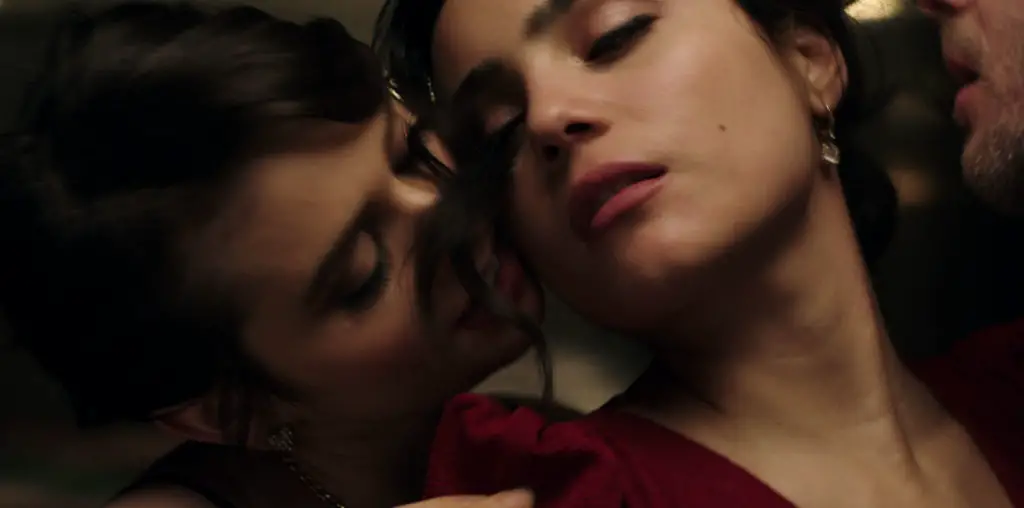
Then the reaction came. In response to the move by revisionist-inclined fans to ‘fix’ Lucas’ version of his own film, some observers decried a perceived tampering with the artist’s original work, and the subsequent compromising of its artistic integrity.
So, suddenly, fandom finds itself in the realm of ethics; words like ‘vandalism’ are being bandied about in film and fan circles alike. Lucas’ lawyers, who have already held up the fan edits to the light of copyright, have deemed The Phantom Edits to constitute illegal infringements of intellectual property laws.
But tampering with works of art is not a new development in the history of art. In fact, it’s an inextricable by-product of creating art, whether it be authoring fiction, composing a symphony or painting a fresco. Some people may view “The Phantom Edits as a kind of pseudo-restoration. If so, we’re now comfortably in the realm of the on-going debate about the restoration of art for readability’s sake. (Read complete reviews of both versions of “The Phantom Edit” including THE PHANTOM EDIT 1.1: (West Coast Version), and THE PHANTOM EDIT 1.2: (East Coast Version).)
Recently, a team of restorers completed the restoration of Leonardo da Vinci’s The Last Supper. Ethicists argue that now only twenty percent of the iconic mural is by Leonardo da Vinci; they say the rest has been painted by others, including the head of Christ. Unlike da Vinci’s masterpiece, the ‘restorative’ versions of The Phantom Menace were made from copies of the original film, just as if someone had decided to make The Last Supper more readable using a 15th Century photograph of the mural. However, the sheer proliferation of The Phantom Edits may end up having a virtual, tampering effect on the original version of the film. The fan-edits, if they haven’t already, will enter the public consciousness if enough copies can be distributed, and certainly if someone of Kevin Smith’s calibre decides to have a shot at reworking The Phantom Menace using an all-digital version of the film. Widespread distribution of Lucas’ film in digital form – a perfect digital master – puts the power to make high-quality VHS copies, or even DVD copies, into every aspirant’s garage.
Even Lucas himself has come under fire for tampering with his own work. In 1997, in a shrewd move to begin warming up Lucasfilm’s hype machine, the Special Editions of the original trilogy were released worldwide. Purists were outraged by what they felt was the bastardization of films they held as sacred, even though it was the creator himself who was the tamperer. Some viewed the Special Editions as a cynical attempt by Lucas to raise revenue by contemporizing, beautifying and homogenizing his films even going so far as making some scenes more kid-friendly with the addition of annoying, and sometimes annulling, computer-generated thingamajigs. Sure, the picture and sound elements for each film were lavishly restored, but many feel that Lucas fussily added superfluous details to justify creating Special Editions of his revered films.
Get the whole story in part four of “STAR WARS THE PHANTOM EDIT”: THE FAN’S CUT>>>
